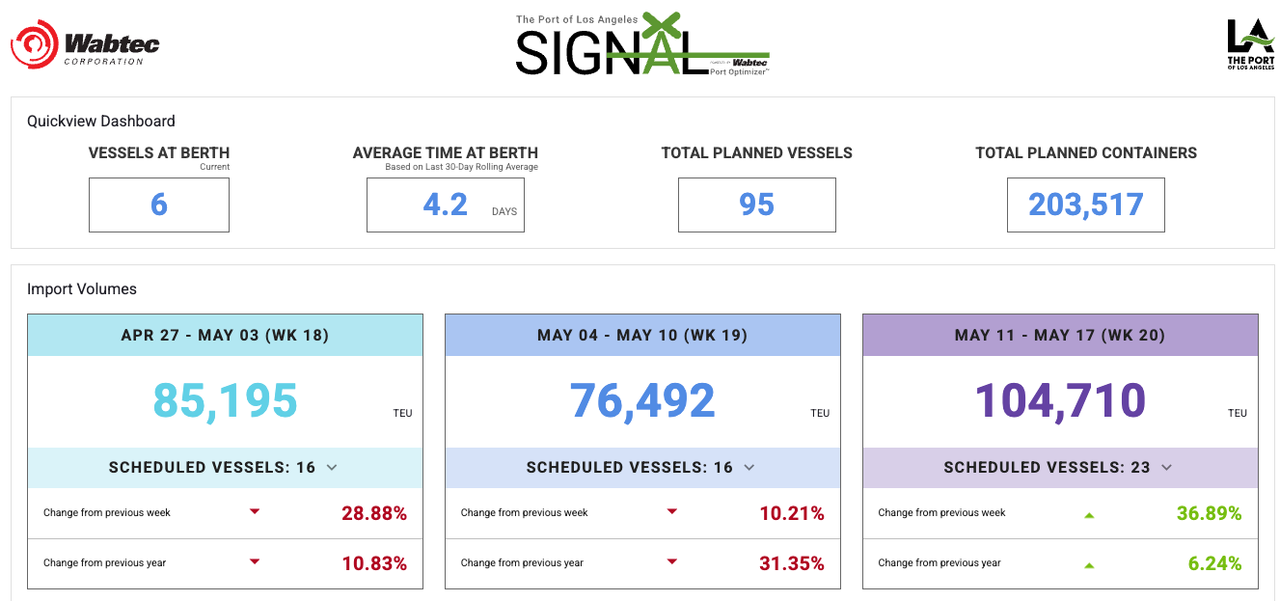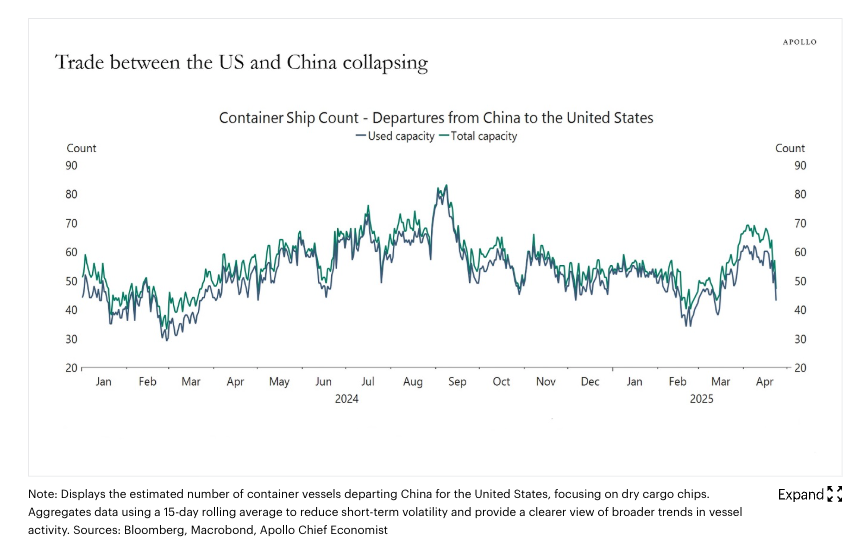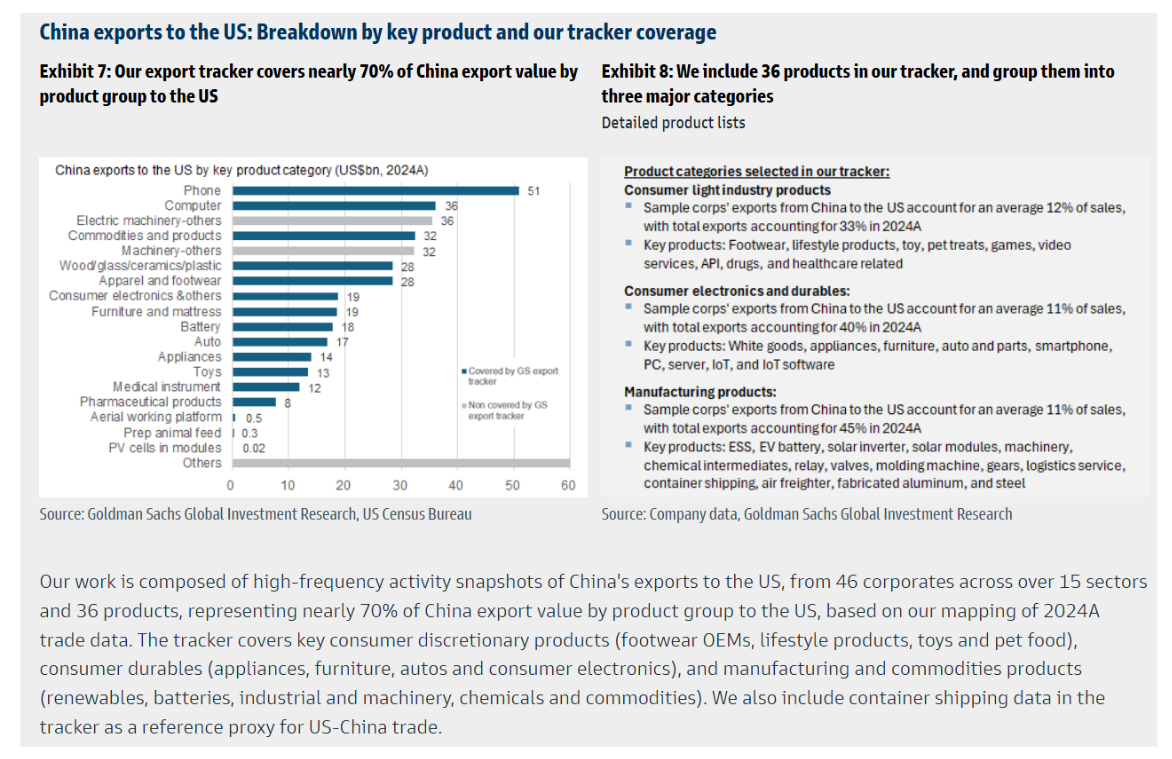What works for business (The Art of the Deal), if you exclude bankruptcies, may not work so nicely for international relations. Countries are not rational players on a board game.
Likewise, it is unlikely that Russia, China, India and other countries have not carefully studied the Trump strategy and how it is applied to trade and other relations. Are these countries likely to react emotionally? Very unlikely to say the least. So in the end, the contest will be to know who can stand the longest with his head under water. Disruption it shall be? Fine. Only US corporations are subject to quarterly reports although the damage, when the dust settles will probably be widespread. 2025, was in any case going to be chaotic. Trump is planning to make it epic and "interesting"!
Apollo's Torsten Slok Unveils Timeline For Trade War Fallout
The first wave of the trade downturn is already affecting the U.S. West Coast, with the Port of Los Angeles experiencing a sharp decline in containerized imports from Asia, following months of elevated frontloading by U.S. importers.
For those tracking trade developments in recent weeks, this freight downturn was entirely predictable:
Amazon Cancels Orders, Walmart Pulls Forecast As Tariffs Take Hold
Are China Road Traffic Indicators Set To Collapse As Tariff War Cancels Factory Orders
Chinese Sellers On Amazon Panic After Trump's Tariff Bazooka
Liberation Day Fallout: China's Port Volumes Sink After Trump's Tariff Blitz
Chinese Plastics Factories Face Mass Closure As U.S. Ethane Supply Evaporates
"Our Export Orders Disappeared": Chinese Factories Shutting Down, Laying Off Workers, FT Finds
All Quiet On The Western Ports... Is This The Calm Before The Trade War Storm?
First Tariff Shock Set To Hit Port Of Los Angeles, With Ripple Effects Across The Broader Economy
Trade War Shock Looms For Port Of Los Angeles As Goldman Identifies Most-Impacted Products
Imported High-Volume Staple Goods From China Are About To Dry Up
Last month, Chinese manufacturers shut down production lines, and exporters suspended shipments to the U.S. in response to President Trump's 145% tariff trade wall. The one-month delay in the U.S. economic impact reflects the time it takes cargo ships to sail China-US West Coast shipping lanes.
The latest scheduled import volume data from Port Optimizer, a tracking system for vessel operators, shows that the economic impact of the tariffs on Chinese goods has already begun to take effect.
Torsten Slok, chief economist at Apollo, laid out a presentation for clients of what to expect in the weeks ahead:
The consequence will be empty shelves in U.S. stores in a few weeks and Covid-like shortages for consumers and for firms using Chinese products as intermediate goods.
In addition, we will soon begin to see higher inflation because there are a significant number of product categories where China is the main provider of certain goods into the U.S. market.
In May, we will begin to see significant layoffs in trucking, logistics, and retail—particularly in small businesses such as your independent toy store, your independent hardware store, and your independent men's clothing store. With 9 million people working in trucking-related jobs and 16 million people working in the retail sector, the downside risks to the economy are significant.
In a separate note, Goldman analyst Trina Chen outlined which Chinese products are most likely to be impacted if shortages materialize over the next couple of months.
Slok's chart above illustrates that the front-loading surge in imports ended abruptly just ahead of President Trump's "Liberation Day" tariffs. The sharp drop in containerized volumes from China came off previously elevated levels. More or less, this was a natural lull that developed and quickly reversed due to tariffs.
The
consequences of the tariffs could lead to Covid-like shortages of
high-volume staples from China once warehouse inventories run dry.
However, no retailer will allow shelves to go empty—they'll be forced to
reorder at higher costs and pass those increases on to consumers.
That's why inflation could see a resurgence. Still, this may take
months—possibly a full quarter—to fully unfold, by which point a broader
U.S. economic downturn may already be in motion.






No comments:
Post a Comment